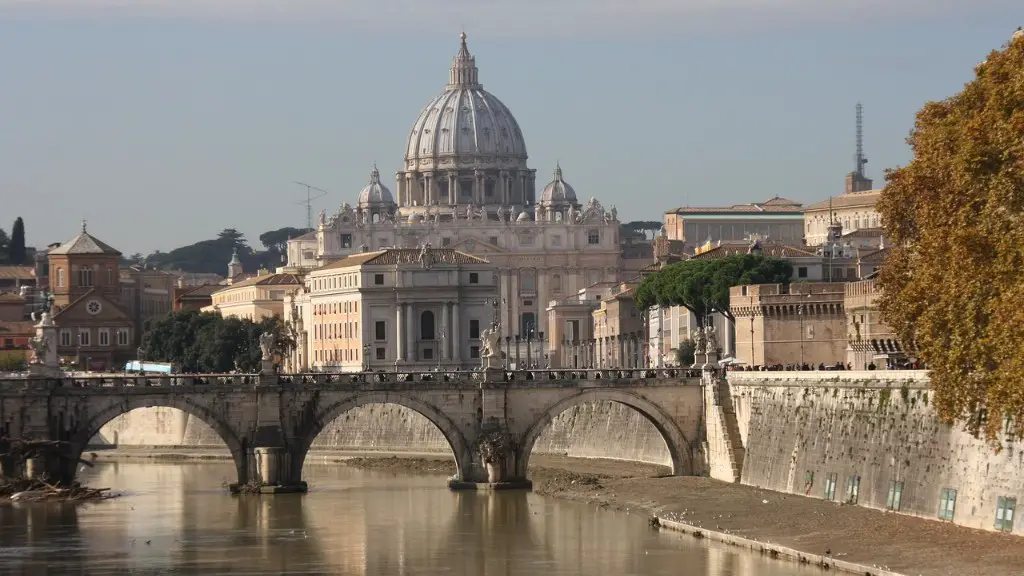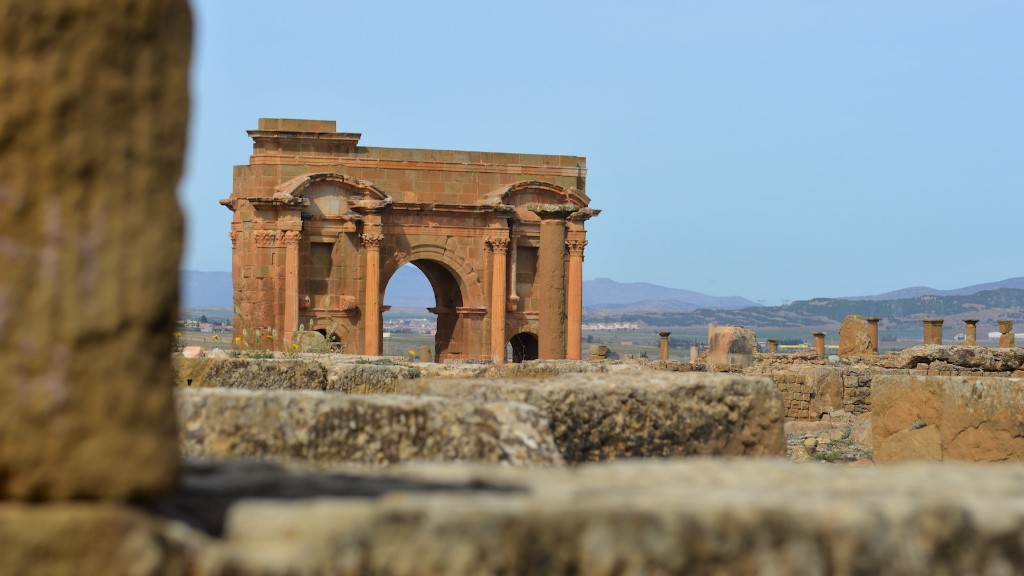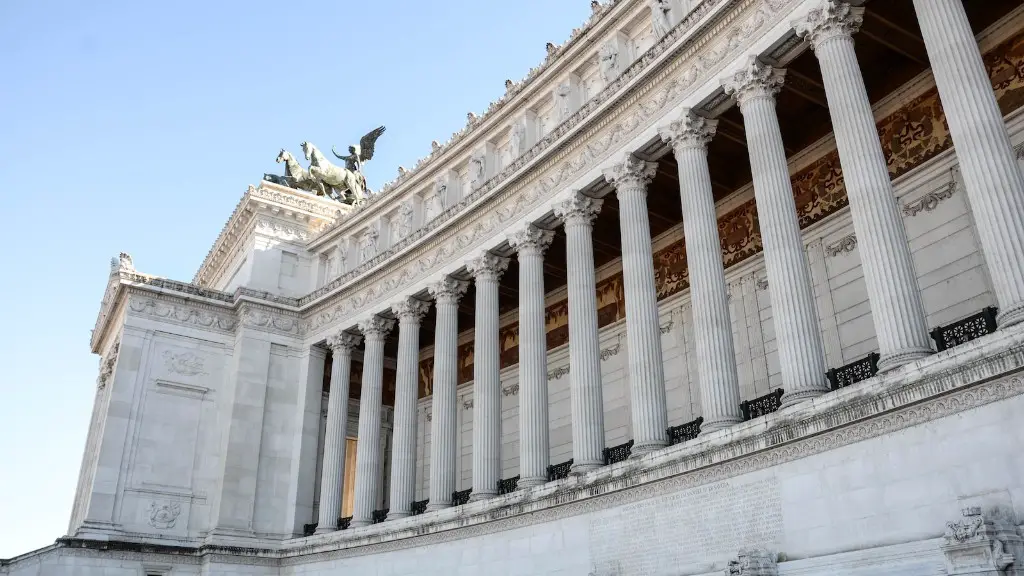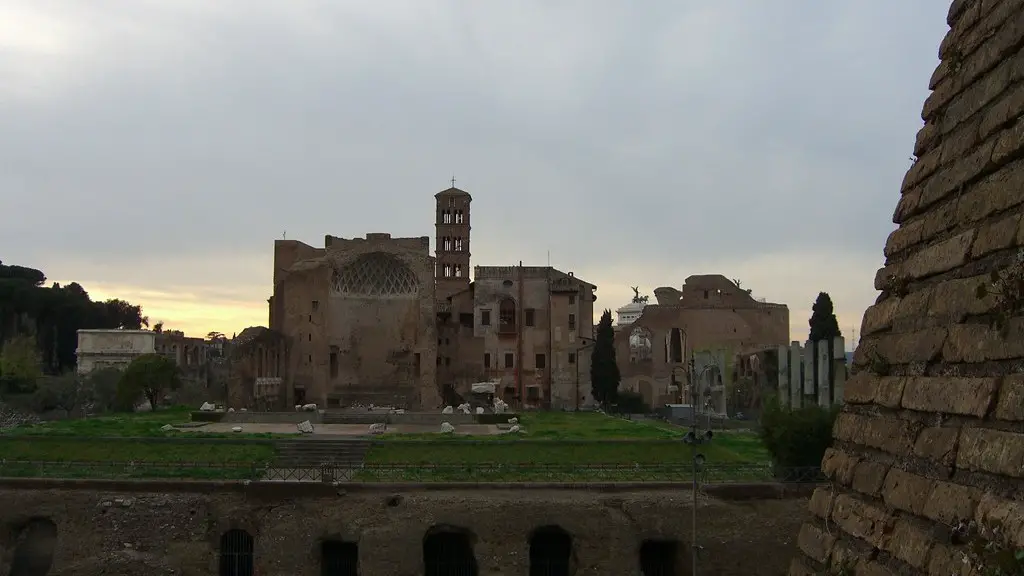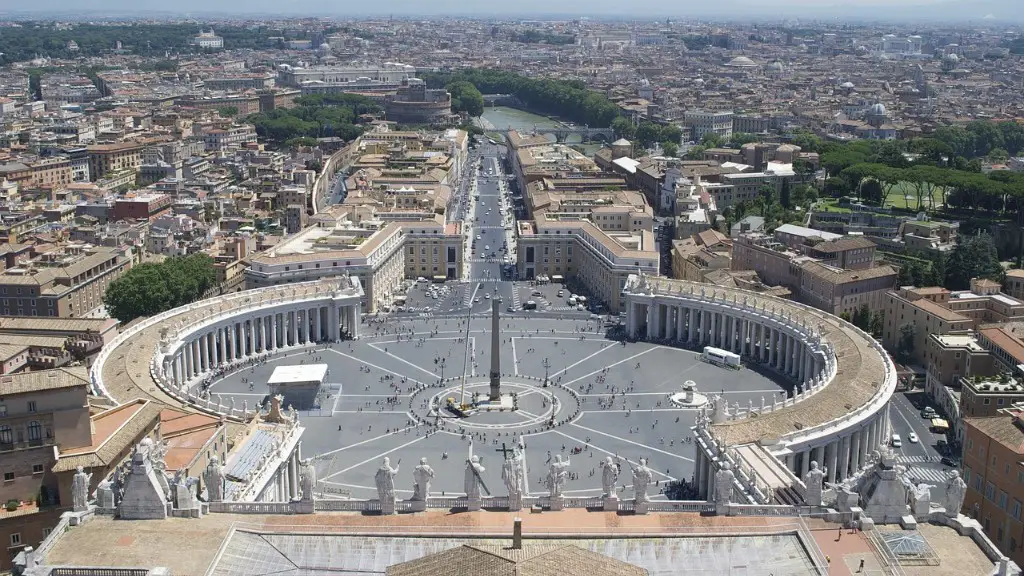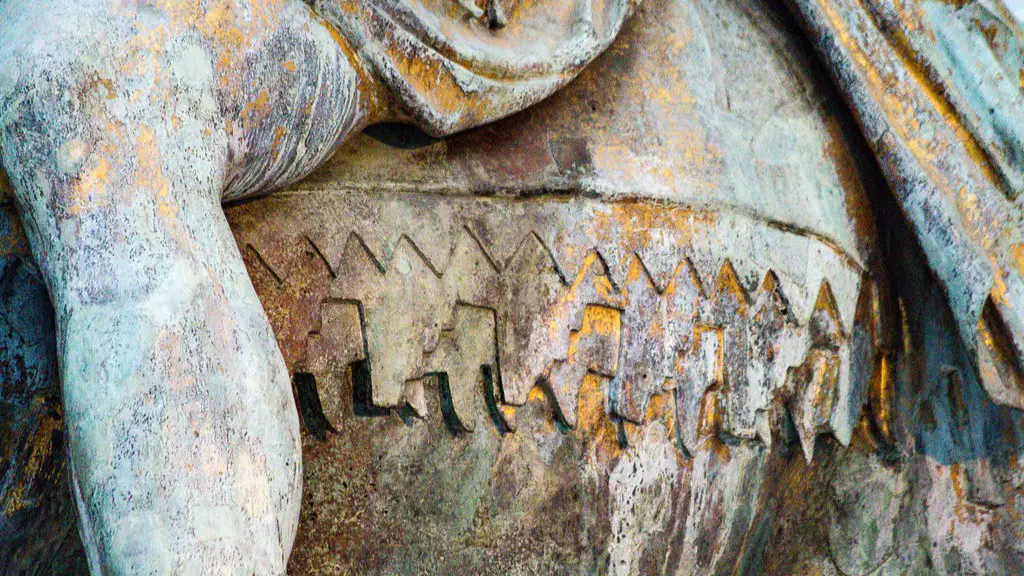The main cause of conflict between the classes in ancient Rome was the unequal distribution of wealth and power. The rich got richer while the poor got poorer. This led to social unrest and ultimately to conflict between the classes.
There is no one answer to this question as there were many different factors that contributed to conflict between the classes in ancient Rome. Some of the main reasons for class conflict were the unequal distribution of wealth, land, and power between the rich and the poor; the influence of foreign powers and corruption within the Roman government; and the growing economic, social, and political unrest amongst the lower class citizens. Additionally, the Roman legal system favored the elites and often discriminated against the poor, which further fueled tensions between the classes.
What was the cause of Conflict between the patricians and plebeians?
The plebeians were a class of citizens in ancient Rome who were not part of the upper class. They struggled to make a living and were often abused by the upper class. In order to get help, they went on strike. This meant that they refused to work or participate in the government. The strike was successful and the plebeians were able to get some of their rights.
Your social class in ancient Rome depended mainly on what type of family you were born into. Roman citizens didn’t get to choose their class – wealthy children were almost automatically a part of the upper classes, while children born to common people usually stayed in the lower classes for life.
What were the causes of conflicts in the Roman empire
1. Invasions by Barbarian tribes: The Roman Empire was repeatedly invaded by Barbarian tribes, which ultimately led to its demise.
2. Economic troubles and overreliance on slave labor: The Roman economy was in turmoil, and the use of slave labor created a class of people with no vested interest in the stability of the empire.
3. The rise of the Eastern Empire: The Eastern Roman Empire, also known as the Byzantine Empire, became a major power in the Mediterranean, ultimately leading to the decline of the Western Roman Empire.
4. Overexpansion and military overspending: The Roman Empire expanded its territory and military expenditures beyond its means, leading to its eventual bankruptcy.
5. Government corruption and political instability: Corruption and political instability were rampant in the Roman Empire, which contributed to its decline.
6. The arrival of the Huns and the migration of the Barbarian tribes: The arrival of the Huns in Europe led to the migration of the Barbarian tribes, which further destabilized the Roman Empire.
7. Christianity: Christianity became the dominant religion of the Roman Empire, which led to the decline of the traditional Roman religion and values.
8. The decline of the Roman civilization: The decline
The Conflict of the Orders was a struggle between the patrician and the plebeian classes that lasted from 500 to 287 BC. The conflict began as a result of the dissatisfaction felt by the plebeians regarding the status quo in Rome. The plebeians felt that they were being treated unfairly and were not given the same opportunities as the patricians. This led to a series of protests and uprisings by the plebeians, which eventually resulted in the establishment of the office of the tribune of the people. The tribune was a position that was created specifically to represent the interests of the plebeians and to give them a voice in the government. The Conflict of the Orders ended with the passage of the Lex Hortensia, which granted equality to the plebeians and gave them the same rights and privileges as the patricians.
Why were the plebeians upset in ancient Rome?
The plebeians were generally unhappy with the way that society and the government were set up. This was because they had significantly less access to wealth and political power than the patricians (noble families).
The Punic Wars were a series of three wars fought between Rome and Carthage. The first Punic War began in 264 BC, when Rome invaded Sicily in response to Carthage’s aggression against Roman ally Messina. The second Punic War began in 218 BC, when Hannibal, a Carthaginian general, invaded Italy and laid siege to Rome. The third Punic War began in 149 BC, when Rome declared war on Carthage after it refused to submit to Roman demands for surrender. After a three-year siege, the city of Carthage was destroyed and its population was enslaved. This resulted in Roman hegemony over the western Mediterranean.
The patricians were the wealthier class in ancient Rome, while the plebeians were the poorer class. The two groups were in a political struggle for more than 200 years. In the beginning, the patricians had a monopoly on power, while the plebeians only had the right to vote in the assemblies. However, over time the plebeians gained more power and eventually achieved equality with the patricians.
The patrician class was a social class in ancient Rome. The patricians were the original citizens of Rome who owned land and held political power. The plebeians were the common people who did not own land or have political power.
The Romans were a highly stratified society, with distinct and separate class divisions between the patricians and the plebeians. The patricians were the wealthier, more powerful class, while the plebeians were the poorer, less powerful class. The plebeians were not allowed to hold high positions or own land, while the patricians were. This created a great deal of inequality between the two classes.
The many diverse cultures and civilizations that Rome conquered all knew defeat at the hands of the great empire. Rome had the resources and determination to make war almost constantly over its 800-year history. The vast array of cultures and peoples that the Romans conquered added to the greatness of the empire.
What was the main cause of the split of Roman Empire into two?
In 285 AD, Emperor Diocletian decided that the Roman Empire was too big to manage. He divided the Empire into two parts, the Eastern Roman Empire and the Western Roman Empire. The Eastern Roman Empire was later called the Byzantine Empire.
The separation of the patricians and plebeians was a way of classifying people in Ancient Rome. The patricians would be the upper class, while the plebeians would be the lower class. This separation meant that the two groups would be completely separate, with the patricians marrying only people from their social class and so forth.
What was the plebeians conflict of orders
The plebeians were a class of citizens in ancient Rome who were distinct from the patricians. The plebeians waged a campaign (Conflict of the Orders) to have their civil disabilities abolished. They organized themselves into a separate corporation and withdrew from the state on perhaps as many as five or more critical occasions to compel patrician concessions; such a withdrawal was termed a secessio.
There are many different factors that can contribute to social conflicts. One of the main reasons is simply due to the different lifestyles of people belonging to different social groups. If there is a significant disparity in the way that two groups of people live, it can lead to tension and even hostility. Additionally, socio-economic reasons can also lead to social conflict. For example, if one group of people feels that they are not able to access the same resources or opportunities as another group, this can lead to conflict. Additionally, different understanding of the rules of behavior can also be a source of conflict. If two groups of people have different ideas about what is considered acceptable behavior, this can lead to problems. Finally, contradictions between society and government structures can also lead to social conflict. If the government is seen as not adequatelyrepresenting the interests of the people, this can lead to conflict.
How did the relationship between patricians and plebeians change?
The legal differences between the plebeians and the patricians became Fewer over time. The plebeians could Be elected to the senate and even be consuls. The plebeians and patricians could Also get married. Wealthy plebeians became part of the Roman nobility.
The Conflict of the Orders was a period of struggle between the classes in Rome that lasted from 500 to 287 BCE. The Patricians, who monopolized all the power in Rome, took plebeian land and heired slaves to work on it in order to gain more wealth and power. This caused the plebeians to become more and more upset. In order to resolve the conflict, the Patricians and the plebeians created the office of the tribune, which gave the plebeians a voice in the Roman government.
Warp Up
The upper class citizens of ancient Rome were the patricians, while the lower class were the plebeians. The patricians were the wealthier citizens who owned the majority of the land and held all of the important political offices. The plebeians were the poorer citizens who did not own much land and had little political power. The plebeians were often very unhappy with this arrangement and there was a great deal of conflict between the two classes.
The ancient Roman society was based on two classes, the patricians and the plebeians. There was a big difference between these two classes in terms of power, privilege, and wealth. The conflict between them was caused by the inequality and unfairness that were built into the social system.
